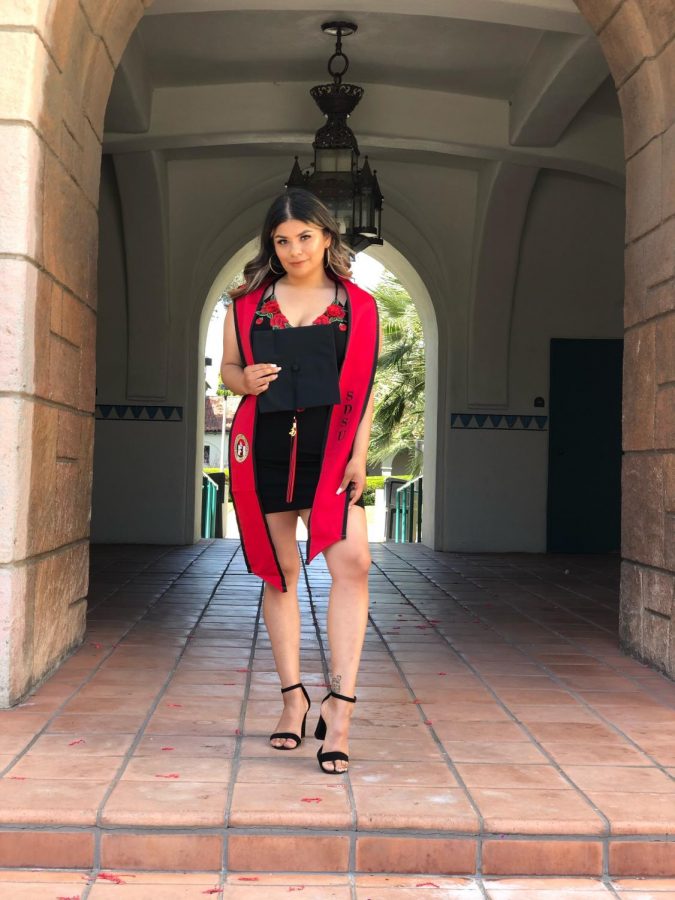
Upon entering the New Children’s Museum in downtown San Diego, laughs and excited voices filled the air. These giddy sounds would be expected from kids, thus meeting the expectations of a children’s museum. However, on this particular night this is not the case. The laughter comes from a group of young adults climbing through tunnels, racing down slides and crawling around a maze releasing pure exuberance.
This is the beauty of the New Children’s Museum: It is a place for people of all ages to enjoy themselves while gaining a new perspective on the world. Visitors who scan the three-story building upon entrance will notice a lack of isolated space because of the copious amount of art and activities.
Unlike other museums, this is not an area to silently gaze at portraits and sculptures. Despite the industrial and abstract environment, the art and activities crave interaction. Visitors are encouraged to express themselves by touching and recreating their surroundings.
With its current “TRASH” exhibit, eco-friendly based artwork and design are the focus for exploration.
Pieces from artist Vik Muniz can be admired on the second floor and feature interactive stations for guests. Muniz’s pieces depict people who pick recyclables from trash landfills for a living. He creates these images using trash itself. It’s a fascinating process where all museum-goers can learn and experiment on their own.
Museum director of education and exhibitions Tomoko Kuta prides the museum on its uniqueness in comparison to others. It is a place dedicated to fun and unusual experiences for the community.
“We are a catalyst for young learners,” Kuta said.
Kuta and her team rotate the themes of the museum on 18-to-24-month cycles. The vision for the themes comes from intricate exploration of the arts and the current practices of education presented in San Diego’s school systems. The team knows what is of interest to people and after doing further research, everything came together.
Kuta explained that “TRASH” is a combination of 12 different artists who work with recycled materials and think about the environmental impact of their artwork.
The Rain House featured in this exhibit personally enthralls her. Ernest Silva created “La Casa de Lluvia,” a large colorful house with images of birds, birdhouses and both English and Spanish writing on the sides.
Through a spigot shooting water, the sound of rain pitter-pattering on the ceiling and trickling down the walls can be heard inside the house. This structure was designed for San Diegans to feel and hear the effects of a rainstorm because it is a rare weather pattern in this city.
A San Diego State design class had the opportunity to contribute pieces to the “TRASH” exhibit. The students worked in five teams of four or five people to create structures built from cardboard. These structures fill the lounge area, where both children and adults can utilize them. Results of the class’ project include a slide, rocking chair, tunnels and lounge chairs. The 3-D designs are a huge hit and Kuta noted it is one of the best projects she has worked with.
The unusual materials and interesting designs make up the core of this exhibit and are also the heart of the museum. Kuta encourages students with a passion for art to explore the New Children’s Museum.
“We’re not a gallery. Your art work is going to be loved, it’s going to be crawled on, it’s going to be touched, it’s going to be bitten,” Kuta said.
SDSU art and design lecturer David Fobes is the educator behind the cardboard project. Kuta once took a furniture design class with Fobes. She trusted him to direct his students down the right path for this exhibit.
Although the project has been a lot of work, Fobes thoroughly enjoyed it. The cardboard idea stemmed from his classes because he enjoys using recyclable materials. Fobes said he was completely blown away by his students’ various creations and couldn’t be more proud.
“If you assign a project and people complete it successfully and there’s a wide variety of ideas, then that’s a good project,” Fobes said.
Multimedia art junior Andrew Jones never thought such creative projects could come out of cardboard. He thinks the image of art is expanded when it doesn’t purely consist of painting or drawing.
“The trash art incorporates a lot of elements that we definitely would not have realized were art or could’ve used for art. It’s very innovative,” Jones said.
Jones also said the museum is a spot everyone should visit. He was amazed by all the informative and interactive pieces. The rock-climbing wall made out of cardboard was his personal favorite station.
“I think our group has had more fun than the kids down here,” Jones said.






